Planning timing for autumn imports is key to not breaking the supply chain, especially in sectors where seasonality drives a peak in sales. In Spain, flowers peak in the last week of October, driven by the All Saints’ Day holiday. In other sectors, such as textiles and footwear, the new season kicks off with garments and accessories in the shop windows.
The nightmare for any importer is seeing the autumn campaign ruined due to a delay in merchandise delivery. It’s pointless to receive a container of flowers after November 1st or autumn clothing in spring. To avoid incidents, extra costs, and delays in receiving merchandise, it’s essential to control production and transportation deadlines.
How to Plan Autumn Campaign Imports
Success in imports involves calculating the necessary time for procedures, the duration of maritime transport, and customs checks, so it’s advisable to start preparations about three months in advance.
Good logistics, choosing a trusted supplier, and calculating manufacturing and transportation times will ensure that the order arrives within optimal deadlines and costs. The key to planning autumn campaign imports lies in not leaving the process to chance.
1. Choose a Trusted Supplier
A trusted supplier should have several qualities: professionalism, honesty, and solvency. Opting for the cheapest supplier without verifying their ability to fulfill an order and manage documentation increases the chances of unforeseen events such as inspections, customs holds, and extra costs.
A single error in merchandise description spells complications. If the supplier declares a shipment only because it’s duty-free, the container will be held at customs, generating extra expenses for each day it remains in their warehouses.
2. Control Transit Times with the Shipping Line
The approximate transit time for most shipping lines ranges from 28 to 35 days, depending on the port of origin and the procedures of international maritime transport. The supplier must have the merchandise ready in time for container loading. To ensure all parts of this machinery fit perfectly, everything must be in order about fifteen days before departure.
With time to spare, arrangements can be made with the freight forwarder, choosing the ship, date, and transit time.
3. Choose the Vessel with the Lowest GRI
GRI or General Rate Increase is the freight increase applied by shipping lines at the beginning of the month. In the following days, the GRI decreases until the start of the next month. Therefore, to reduce import costs, one must seek space on a vessel with a low GRI. Without time margin, the GRI can increase tenfold.
Finally, ensure that products requiring a certificate of conformity have the necessary documentation. Otherwise, even if the container arrives on time, it may not be allowed into Spain.
In conclusion, for autumn campaign imports to be successful, the shipment must be prepared at least 3 months in advance, and one must not take risks with unreliable suppliers.


